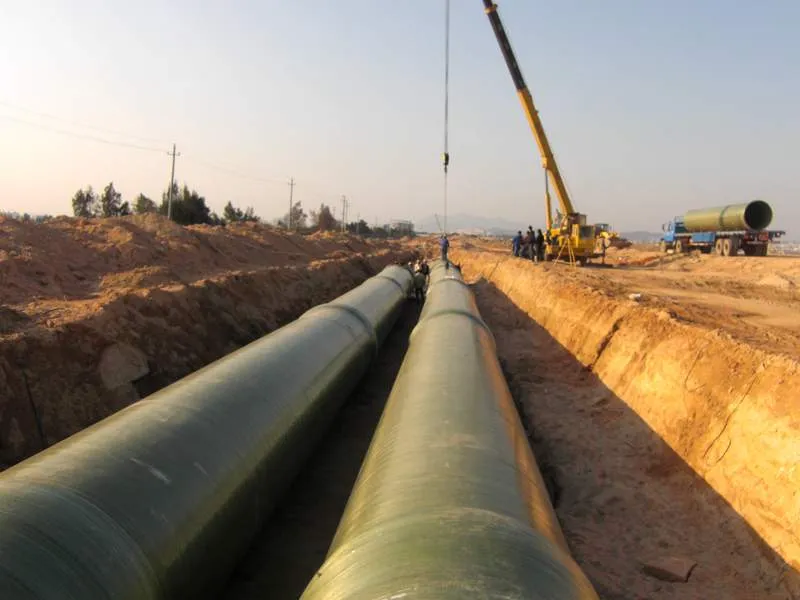
-
 Afrikaans
Afrikaans -
 Albanian
Albanian -
 Amharic
Amharic -
 Arabic
Arabic -
 Armenian
Armenian -
 Azerbaijani
Azerbaijani -
 Basque
Basque -
 Belarusian
Belarusian -
 Bengali
Bengali -
 Bosnian
Bosnian -
 Bulgarian
Bulgarian -
 Catalan
Catalan -
 Cebuano
Cebuano -
 China
China -
 China (Taiwan)
China (Taiwan) -
 Corsican
Corsican -
 Croatian
Croatian -
 Czech
Czech -
 Danish
Danish -
 Dutch
Dutch -
 English
English -
 Esperanto
Esperanto -
 Estonian
Estonian -
 Finnish
Finnish -
 French
French -
 Frisian
Frisian -
 Galician
Galician -
 Georgian
Georgian -
 German
German -
 Greek
Greek -
 Gujarati
Gujarati -
 Haitian Creole
Haitian Creole -
 hausa
hausa -
 hawaiian
hawaiian -
 Hebrew
Hebrew -
 Hindi
Hindi -
 Miao
Miao -
 Hungarian
Hungarian -
 Icelandic
Icelandic -
 igbo
igbo -
 Indonesian
Indonesian -
 irish
irish -
 Italian
Italian -
 Japanese
Japanese -
 Javanese
Javanese -
 Kannada
Kannada -
 kazakh
kazakh -
 Khmer
Khmer -
 Rwandese
Rwandese -
 Korean
Korean -
 Kurdish
Kurdish -
 Kyrgyz
Kyrgyz -
 Lao
Lao -
 Latin
Latin -
 Latvian
Latvian -
 Lithuanian
Lithuanian -
 Luxembourgish
Luxembourgish -
 Macedonian
Macedonian -
 Malgashi
Malgashi -
 Malay
Malay -
 Malayalam
Malayalam -
 Maltese
Maltese -
 Maori
Maori -
 Marathi
Marathi -
 Mongolian
Mongolian -
 Myanmar
Myanmar -
 Nepali
Nepali -
 Norwegian
Norwegian -
 Norwegian
Norwegian -
 Occitan
Occitan -
 Pashto
Pashto -
 Persian
Persian -
 Polish
Polish -
 Portuguese
Portuguese -
 Punjabi
Punjabi -
 Romanian
Romanian -
 Russian
Russian -
 Samoan
Samoan -
 Scottish Gaelic
Scottish Gaelic -
 Serbian
Serbian -
 Sesotho
Sesotho -
 Shona
Shona -
 Sindhi
Sindhi -
 Sinhala
Sinhala -
 Slovak
Slovak -
 Slovenian
Slovenian -
 Somali
Somali -
 Spanish
Spanish -
 Sundanese
Sundanese -
 Swahili
Swahili -
 Swedish
Swedish -
 Tagalog
Tagalog -
 Tajik
Tajik -
 Tamil
Tamil -
 Tatar
Tatar -
 Telugu
Telugu -
 Thai
Thai -
 Turkish
Turkish -
 Turkmen
Turkmen -
 Ukrainian
Ukrainian -
 Urdu
Urdu -
 Uighur
Uighur -
 Uzbek
Uzbek -
 Vietnamese
Vietnamese -
 Welsh
Welsh -
 Bantu
Bantu -
 Yiddish
Yiddish -
 Yoruba
Yoruba -
 Zulu
Zulu
grp fan
The Allure of GRP Fans Efficiency Meets Versatility
In our increasingly technology-driven world, the need for effective cooling solutions is more prominent than ever. One such innovation that stands out in the realm of ventilation technology is the Glass Reinforced Plastic (GRP) fan. GRP fans have gained popularity across various industries due to their durability, lightweight design, and remarkable efficiency, making them a valuable asset for numerous applications.
Understanding GRP Fans
GRP fans are constructed from glass-reinforced plastic, a composite material known for its exceptional strength-to-weight ratio and resistance to corrosion. This unique combination of properties makes GRP fans an ideal choice for environments that experience harsh conditions, including chemical plants, wastewater treatment facilities, and marine applications. Unlike traditional metal fans, GRP fans are not susceptible to rust or degradation over time, ensuring longevity and reliability.
Efficiency and Performance
One of the most compelling advantages of GRP fans is their energy efficiency. In an era where energy conservation is paramount, these fans provide an effective solution that can help reduce operational costs. They are designed to move a high volume of air while consuming less energy compared to standard metal fans. The aerodynamic design of GRP fans allows for enhanced airflow, contributing to improved performance in various systems, whether in industrial settings or in commercial HVAC systems.
Versatile Applications
grp fan

GRP fans are incredibly versatile, enabling their use across numerous sectors. In the industrial sector, they serve within ventilation systems to extract heat and remove harmful gases, ensuring a safe working environment for employees. Additionally, in the chemical processing industry, GRP fans are invaluable for their resistance to corrosive substances, safeguarding the equipment and prolonging its lifespan.
In the realm of construction, GRP fans are increasingly used in temporary and permanent installations alike. Their lightweight nature allows for easy handling and installation, which is crucial in projects that require quick and reliable solutions. Furthermore, these fans can be customized in size and capacity to meet the specific requirements of any project, enhancing their effectiveness across different scenarios.
Sustainability Factor
The growing emphasis on sustainability also plays a significant role in the appeal of GRP fans. As businesses seek to minimize their environmental impact, the use of GRP fans aligns with eco-friendly practices. The durability of these fans reduces the frequency of replacement, thus lowering waste and contributing to a more sustainable operation. Additionally, because they are typically energy-efficient, adopting GRP fans can significantly reduce a company’s carbon footprint.
Conclusion
In summary, GRP fans represent an innovative and effective solution for ventilation and cooling needs across various industries. Their impressive durability, energy efficiency, and versatility make them a smart choice for modern applications where reliability and performance are critical. As industries continue to evolve and prioritize sustainability, the demand for GRP fans is likely to grow, highlighting their importance in not only enhancing operational efficiency but also contributing to eco-friendly practices.
In a world that increasingly values technological advancements and sustainable solutions, GRP fans stand out as a prime example of how engineering prowess can meet the challenges of efficiency and durability. Their unique properties ensure they will remain a staple in ventilation systems for years to come, guiding industries toward a safer, greener future.
Latest news
-
Exploring the Benefits of Top Hammer Drifter Rods for Enhanced Drilling PerformanceNewsJun.10,2025
-
High-Precision Fiberglass Winding Machine for GRP/FRP Pipe Production – Reliable & Efficient SolutionsNewsJun.10,2025
-
FRP Pipes & Fittings for Shipbuilding - Corrosion-Resistant & LightweightNewsJun.09,2025
-
Premium FRP Flooring Solutions Durable & Slip-ResistantNewsJun.09,2025
-
Premium Fiberglass Rectangular Tanks Durable & Lightweight SolutionNewsJun.09,2025
-
Tapered Drill String Design Guide Durable Performance & UsesNewsJun.09,2025









